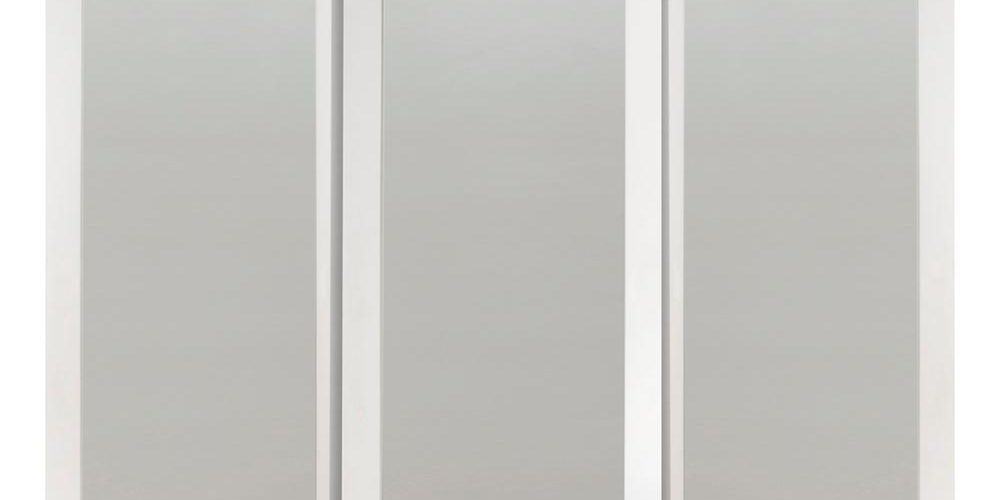One of the most common types of closet doors in interior design is the sliding closet door. Sliding closet doors come in a variety of different designs, all the way from accordion doors to two-panel bi-folds. The greatest plus to having a sliding closet door is saving a lot of space. Most sliding closet doors collapse into a single panel, or fold to the side and out of the way of the user.
Sliding closet door designs have been engineered since the mid 1400’s and perhaps earlier. Vincenzio Gidollzi of Florence, Italy was credited with designing the first accordion door. He designed the door to cover his shelved book closet. Other Italian sculptors and artists engineered similar designs. Leonardo da Vinci designed one of the first recognized bypass doors. Using a complex system of hinges, he was able to engineer a primitive version of the modern bypass door.
The Italian designers and masons may have been the first people to design sliding closet doors, but English and Flemish designers perfected the sliding closet door. Sliding doors become a common implement in Britain’s largest libraries. The doors would be used to protect the bookshelves and seal the most expensive texts away when they were not being used by researchers or doctors.
Here are a few types of sliding closet doors:
Contents
Accordion Closet Door:
The accordion door is the most well-known sliding closet door. They are made of many wooden or metal panels that collapse into the side of the doorframe. Accordion doors are popularly used in food pantries and closets on the East Coast, but have come to be well-utilized in West Coast architecture since the 1970’s.
Bypass Closet Door:
The oldest of the sliding closet doors, the bypass door was perfected by Flemish and English designers, after their Italian progenitors worked on the framework for the fundamental design of basic sliding doors. Bypass doors work on a series of roller wheels which glide easily through vertical and horizontal tracks. They have been in popular use in America for over a century, and remain a common implement in most modern homes. Many bypass doors in bedrooms have dressing-room styled mirror panels to give the closet doors a dual purpose.
Four-Track Slider Closet Door:
Four-track slider doors are consistently used in workshops. They commonly store heavy hardware and other equipment, and are rarely adapted to food pantries. They are usually made of steel or titanium, and serve to protect the tools or equipment inside of their housing. They can be made from multiple metal panels, and work on a four-track box that slides along a unique track. They are notoriously well-known for cutting or breaking fingers, and are generally not safe around children. The panels can sometimes pinch or cut fingers if you aren’t careful.
Garage Slider Closet Door:
Popular in high-end homes, the garage slider closet door is relatively uncommon. It slides on the vertical axis and collapses into a flat panel. It will lock in place for safety, but can be pulled down with a drawstring or chain that is usually attached to the bottom of a door. They give a stylish and modern look to wardrobes and bedroom closets. They are added when the interior designer wants to give a unique look to the home, or add modern style to an otherwise ancient house.
Sliding doors are a great way to give you home a little pizzazz. They are certainly more interesting than traditional swinging closet doors, and are more commonly used than ever in interior design. As you can see, there are a variety of different types of closet doors, both practical and showy. There are many more types of unusual closet doors available, but they will not be mentioned here.
Related Posts
<>






